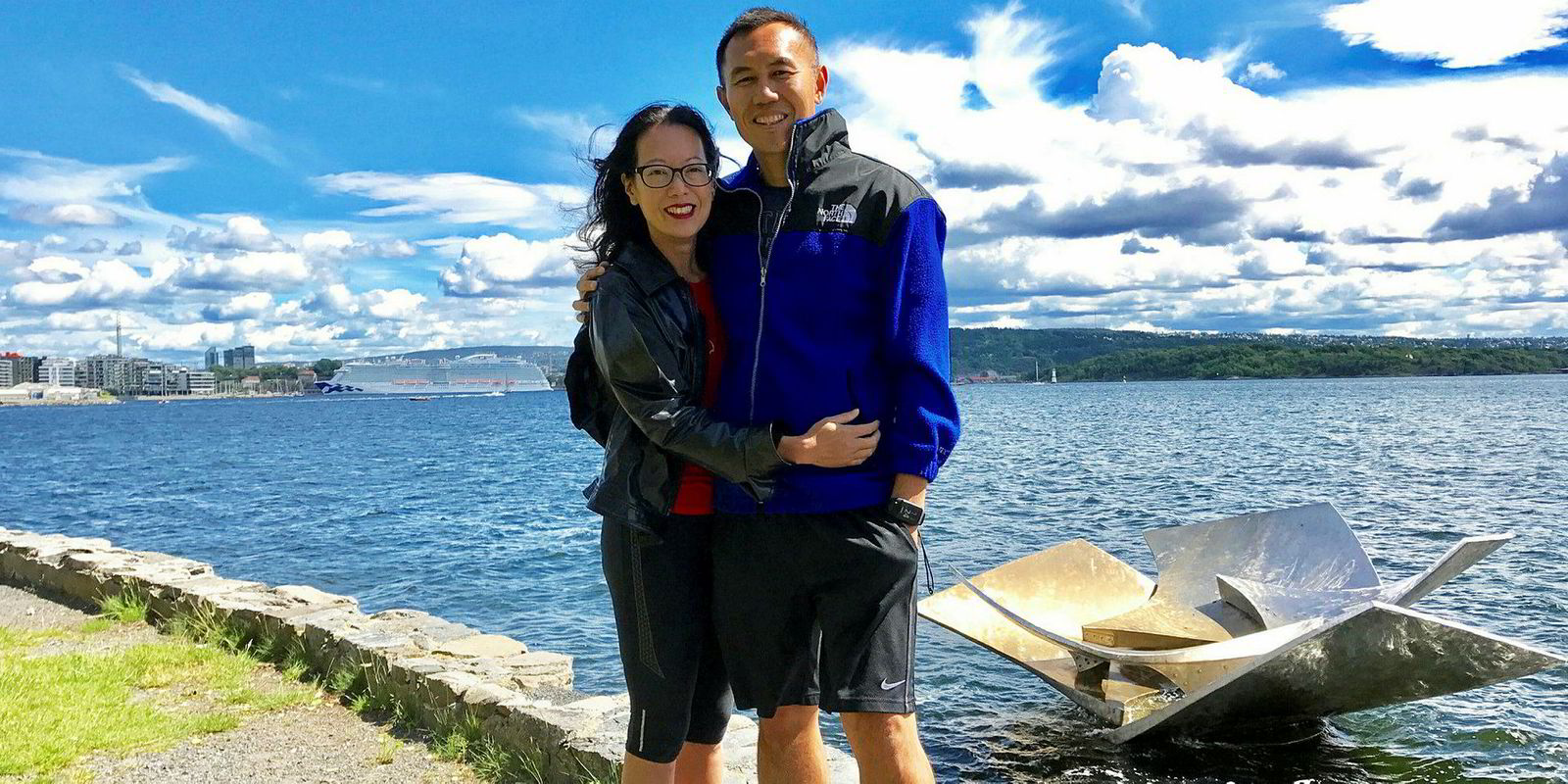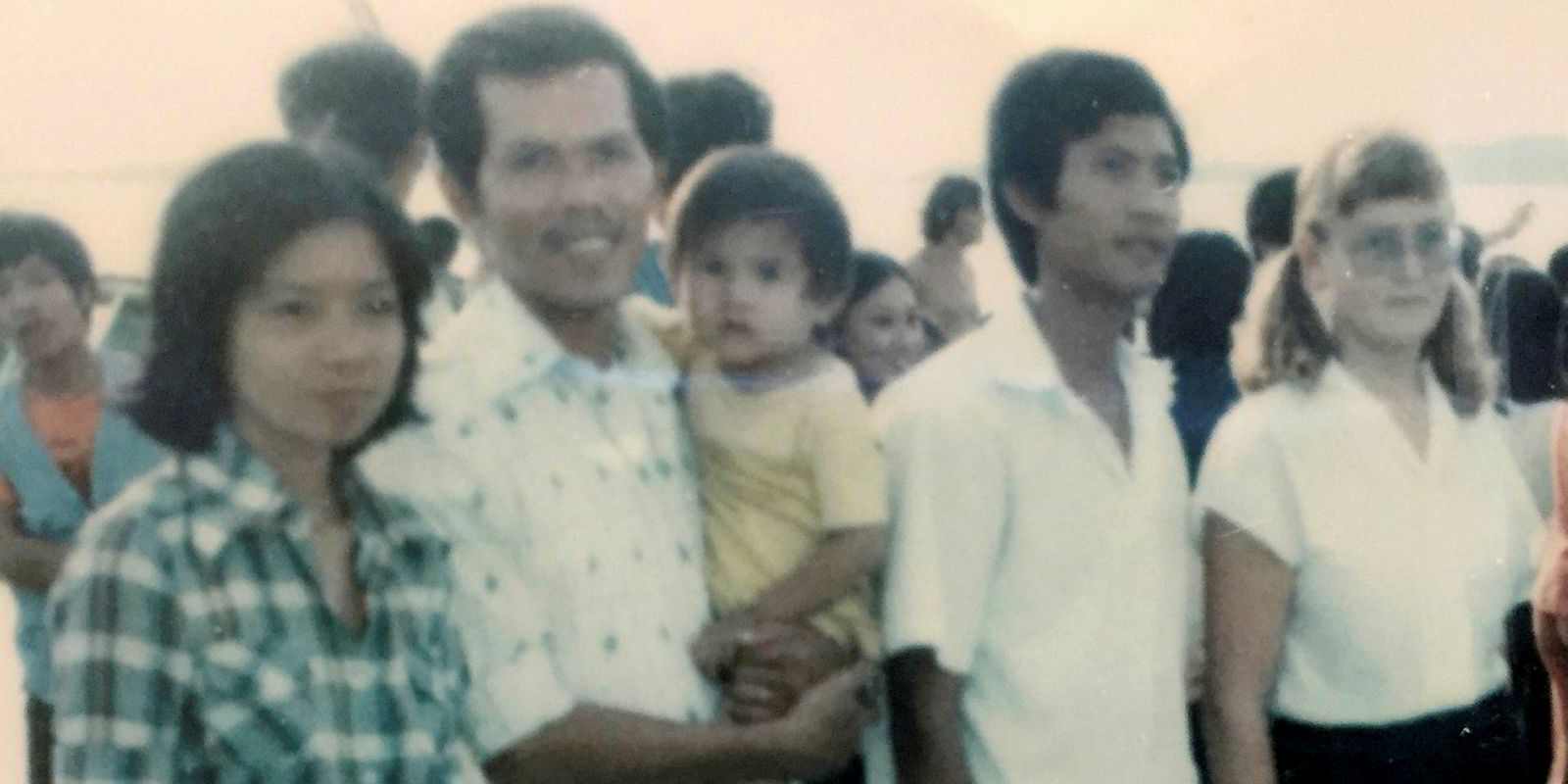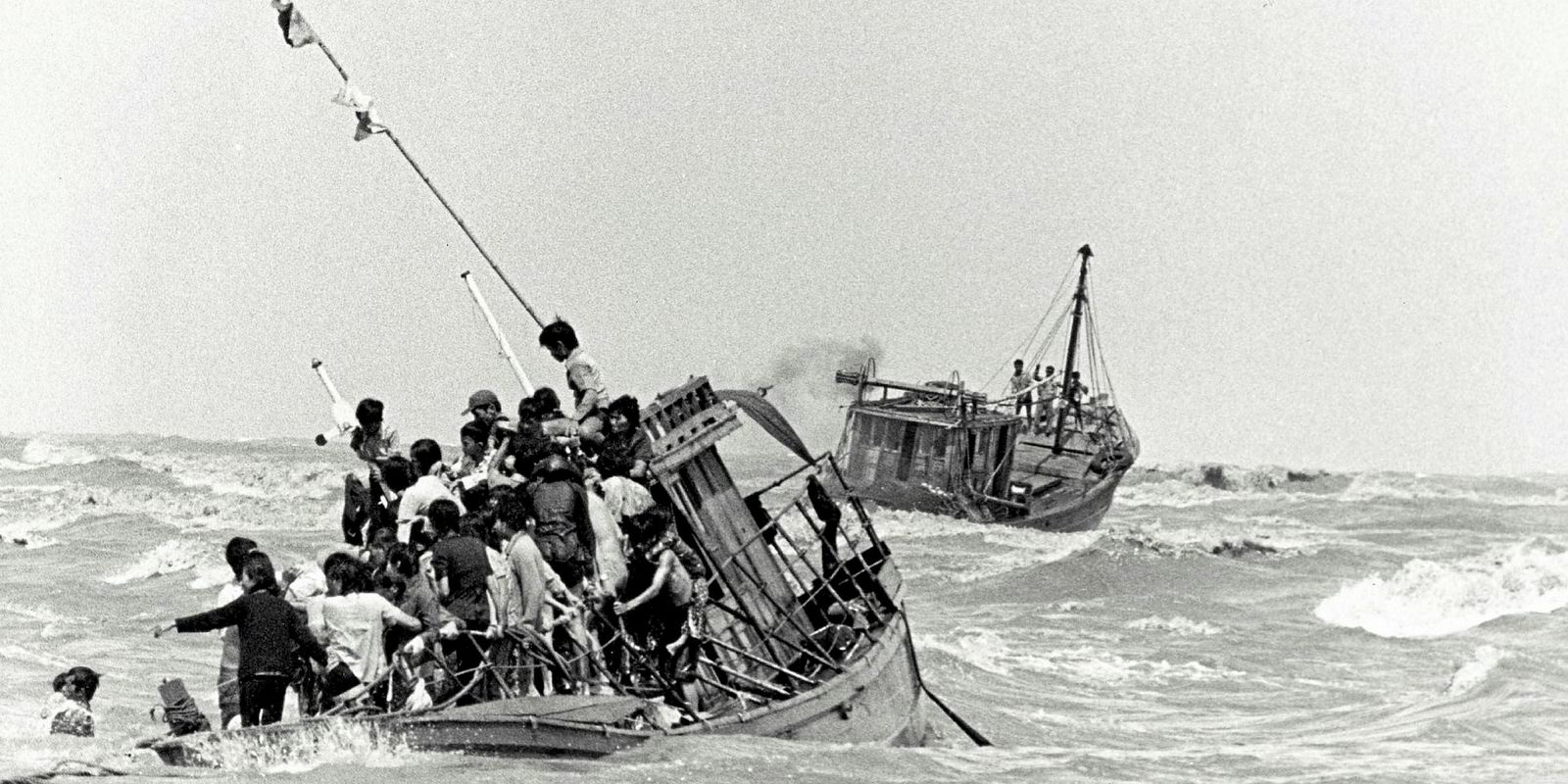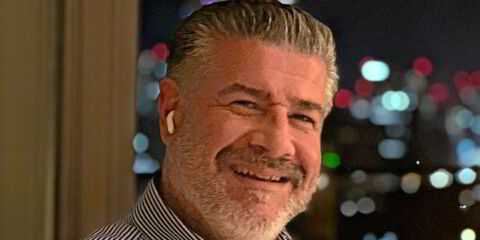It is October 1980, 5½ years since the fall of Saigon. Deep in the South China Sea, a small fishing boat drifts at the mercy of the elements.
Eighty-two desperate souls are crammed on the 30ft craft: 36 men, 27 women, six infants and 13 children under the age of 10. After five days and four nights at sea, they have run out of water, food and finally fuel.
“We escaped with just the clothes on our backs, literally,” Yen Siow tells TW+.
Now a confident, eloquent 40-year-old mother of three, she was just three when her parents made their bid for freedom from Saigon (Ho Chi Minh City) with her and two siblings. “After the Vietnam War ended the persecution was very difficult,” Siow says.
The threat of her father and other male relatives being incarcerated in “re-education” camps under the communists was constant. “Many died in those camps,” she adds.
It was no easy decision to flee the former South Vietnam in search of a new home. Her parents knew full well they would probably never return. Worst was leaving loved ones behind. “It was with deep sorrow they left the country they loved,” Siow says.
Unbelievably, many merchant ships passed the refugees by. Some did offer a little food and water but none were willing to take them onboard.
Their plight was finally recognised on the morning of 20 October by the crew of the Bergesen-owned, 80,000-dwt tanker Berge Tasta (built 1969), on its way from Ras Tanura in Saudi Arabia to Kaohsiung in Taiwan.
“They circled around our boat,” says Siow. “We thought they were just taking a look and would leave again.”
Reunited with Siow and three former crew members in Oslo, second engineer Per Peterssen recalls the captain telling him to go down to the engine room and prepare to stop.
“But with a fully laden oil tanker you can’t just stop. That’s why we had to take the big turn,” he says. “At the time there were a lot of refugees from Vietnam. Some ships chose an alternative route to avoid refugees, but the seafarers’ rule is if you see people in distress, it’s your duty to help them.”
Engine fitter Kjell Birger Fagerland checked that no one was carrying a weapon as the refugees were boarded. The boat was then sunk.

The refugees spent most of the 10-day journey to Kaohsiung out on deck, sleeping in spare cabins and on mattresses in the ship’s gym. The women used pans from the galley to make food. Peterssen says it was a fun time — “although my shoes disappeared a couple of times!” Siow jokes that 82 shoeless individuals can be very opportunistic.
“The chocolate and Coke disappeared from my cabin very fast,” adds Bernhard Oyangen, then an apprentice engineer, laughing.
Many crew members donated spare clothes. Peterssen says they fully understood the refugees had no choice but to leave. A teacher among them told them in English what life was like in Vietnam.
Since 1977, Norway had guaranteed to resettle all refugees picked up by Norwegian ships. The Taiwanese authorities refused to take the Berge Tasta refugees, but after direct contact with the Norwegian foreign minister, it was resolved to land them in Singapore.
The year before, Peterssen had been on the 55,000-dwt gas carrier Berge Sisu (built 1978) when it picked up around 250 refugees, also taken to Singapore.
Siow’s family remained at the UN High Commission for Refugees (UNHCR)’s Hawkins Road camp until March 1981. “We were given three dollars per person per day by the Norwegian government, a really generous amount of money,” she says.
Around 20 of the 82 people on the boat went to Norway, but the UNHCR also sponsored settlement in countries where assimilation might be easier. With a distant relative in Queensland, Siow’s parents opted for Australia. They settled in Melbourne after spending a year in the city’s Altona camp. Siow says her mother and father worked long hours to make ends meet and provide for the three children.
She later met her Singaporean husband, Kevin, in Melbourne while he was doing his master’s degree. The couple and their three boys now live in Singapore.
Siow describes being reunited with her rescuers in Oslo as “a real thrill, a real joy”. They included stewardess Venke, who became Mrs Fagerland after romance blossomed.
“It’s been an eight-month journey for me,” Siow says. “I heard my parents’ story as refugees, but to hear the people who made sure we were cared for is really powerful.”

Many Vietnamese who went through the trauma of war and escape do not like to talk about the refugee experience. “It’s a story some would much rather forget,” Siow says. However, she desperately needed to tell her rescuers in person how they had changed her life for the better. “I wanted to show what the courage and generosity of the Norwegian people meant for my family.”
Locating them was a fantastic demonstration of the dynamic of social media. Within days of her posting her mission on Facebook in August 2016, word had spread through the Norwegian language network to BW Group in Oslo, which contacted Peterssen et al.
Peterssen was surprised to get a call to confirm he had been part of the Berge Tasta crew, but he agreed to e-mail Siow. He sent an original document with details of all 82 refugees. Her father in Melbourne confirmed the family’s Vietnamese names were genuine.
Oyangen got the message while on his way to the TT motorcycle races on the Isle of Man. Stopping off in Singapore on the way to New Zealand on business, he was the first to meet Siow. Afterwards, he realised how much the rescue meant for her family. “I even talked to her father on Facetime,” he says. “I’ve never seen an old man jumping up and down like that!”
Siow adds that it was “amazing” for her parents to say thank you in person. “They were emotional and very excited.”
Oyanen also agreed to take part in a short film for Facebook about Siow’s quest. “They saw the significance within three days of being able to find people who rescued my family so many years ago,” she says. “Facebook is so much more than just a platform to socialise.”
Peterssen and the Fagerlands are retired but Oyangen continues to run his marine and industrial refrigeration business from Alesund, western Norway.
Meeting the Berge Tasta crew members will serve as a reminder for Siow’s children and family that “we weren’t just rescued but rescued for a purpose”.
She says that although most seafarers see it as part of their duty, their compassion has deep meaning for the beneficiaries. “Acts of kindness have ripple effects for generations to come,” she says, and she wants to share her story with as many people as possible.
In Singapore, Siow runs pro bono workshops in science, technology, engineering and maths for displaced children in shelters, crisis centres and orphanages, and for low-income families.
Last year she was invited back to Vietnam by World Vision to visit poor rural areas in the north. Having left so young, she was apprehensive about whether she would be accepted, and because of her accent. “But it was fine. I connected with the children and was able to talk to local people. It felt like not much had changed in terms of people and their needs.”

Modern wave of migrants: ‘It’s much harder to judge’
The former Berge Tasta crew members who picked up Vietnamese refugees believe the current migrant crisis in the Mediterranean is a totally different situation.
“I don’t think you should compare these things,” says Bernhard Oyangen.
Per Peterssen adds: “There are far more refugees now in the Mediterranean. Maybe people are even getting used to it. But at that time it was only from Vietnam.”
Oyangen says economic migrants are among genuine refugees escaping conflict today, and it is hard to determine who is who. He believes that those coming as part of organised trafficking should be repatriated. “But obviously it is terrible to see pictures of desperate people and children,” Peterssen says.
They are not alone in not knowing an answer to the problem. Yen Siow cannot help but feel today’s migrants’ plight is the same as her family’s experience. “We don’t leave our countries without thinking about the consequences of broken families, of leaving what we’re used to and loved ones behind,” she says.
Getting on a boat and travelling into deep water is a life-and-death decision, especially for those with no knowledge of the sea. Different levels of oppression persuade people to leave their homelands, she notes, as well as economic reasons that lead them to look for better opportunities.
“It’s very difficult to say what their circumstances are,” she says. “When the Vietnam War ended, it was very clear: the socialists had taken over and there was a new regime. Today it’s very grey, and that makes it much harder to judge than 37 years ago.”
But she says seeing vulnerable women and children among the migrants makes it obvious they are in desperate need. “Engaging with them to ascertain exactly why they left their countries may be more helpful than simply saying no and returning them.”
After the Vietnam War ended in April 1975, economic hardship and political persecution under the communists soon led to an exodus of refugees by land and sea. The trickle became a flood from September 1978, with many “boat people” fleeing to neighbouring Southeast Asian countries. But some countries were unwilling to accept these arrivals. Because the larger ships were being turned back, the Vietnamese refugees resorted to smaller, more flimsy, overcrowded craft, braving dangerous seas, bad weather and piracy.
Up to 1.5 million Vietnamese may have fled the country in 1978-79. Nearly 800,000 survived the voyage and landed safely, but the UN estimates up to 400,000 may have died at sea. Norwegian ships rescued around 6,000 Vietnamese boat people, and vessels from many other nations also picked up the refugees.


